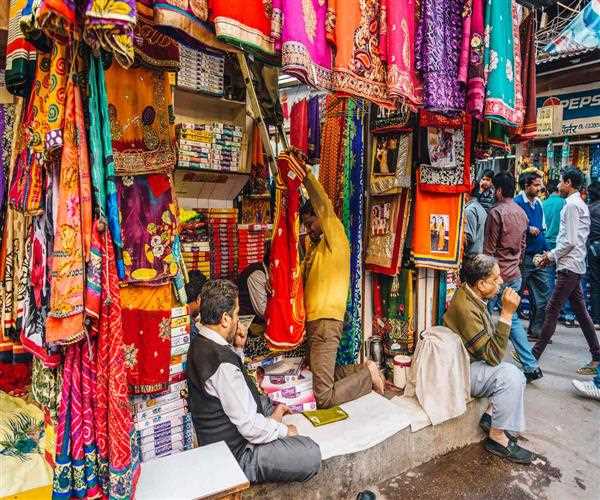Cleaning the National Capital of India from pollution is a pressing and complex issue that requires a multi-faceted approach. With the increase in population, industrialization, and urbanization, Delhi faces significant challenges in combating air pollution, water pollution, and waste management. Addressing these issues demands a combination of policy changes, technological advancements, public participation, and long-term sustainability measures.

To tackle air pollution, it is crucial to focus on reducing emissions from various sources. The government should implement strict regulations on industries, vehicles, and construction activities to limit pollution levels. Encouraging the adoption of cleaner technologies, such as electric vehicles, and promoting the use of renewable energy can help reduce emissions. Additionally, incentivizing the use of public transportation and improving its infrastructure can help reduce the number of private vehicles on the roads, thereby decreasing pollution levels.
Controlling dust pollution is another key aspect. Implementing measures such as proper road cleaning, reducing construction dust, and increasing green cover can help minimize dust particles in the air. Strict enforcement of laws regarding open burning of waste and agricultural residue can also significantly contribute to reducing pollution levels.
Improving waste management practices is vital for addressing pollution in Delhi. Implementing effective waste segregation, recycling, and waste-to-energy plants can help reduce the burden on landfills and mitigate pollution caused by improper waste disposal. Public awareness campaigns and community involvement are crucial in promoting responsible waste management practices among citizens.
Water pollution is a significant concern in Delhi, particularly in the Yamuna River. Efforts should be focused on reducing industrial effluents and untreated sewage discharge into the river. Strengthening sewage treatment infrastructure and implementing stricter regulations for industrial wastewater management are necessary steps. Additionally, promoting rainwater harvesting and water conservation practices can help reduce the strain on water resources and improve water quality.
Green initiatives and increasing the city's green cover are essential for combating pollution. Planting trees and creating green spaces not only enhance the aesthetics of the city but also help in absorbing pollutants, reducing noise levels, and improving overall air quality. Encouraging citizens to participate in tree plantation drives and urban gardening can foster a sense of ownership and responsibility towards the environment.
Education and awareness play a vital role in combating pollution. Conducting public awareness campaigns, organizing workshops, and integrating environmental education into school curricula can help instill a sense of environmental responsibility among citizens from a young age. Encouraging citizen participation through initiatives like citizen science projects and involving local communities in pollution monitoring can create a collective effort in addressing pollution issues.
Collaboration between the government, private sector, civil society, and citizens is crucial for effective pollution control measures. The government should engage in partnerships with relevant stakeholders to develop and implement comprehensive policies and programs. Public participation can be encouraged through incentives, recognition, and providing platforms for citizens to voice their concerns and ideas.
Lastly, a long-term perspective focusing on sustainable development is necessary. Implementing sustainable urban planning, promoting renewable energy, and investing in green infrastructure can help create a cleaner and more resilient National Capital. It is essential to integrate environmental considerations into all aspects of development and policy-making to ensure a sustainable and pollution-free future.